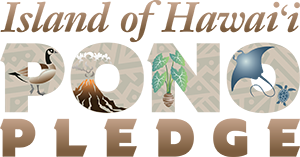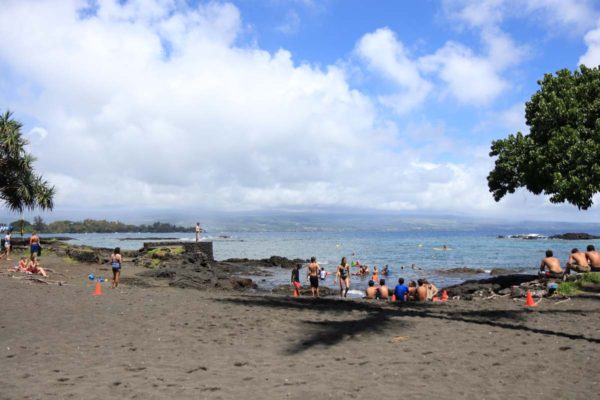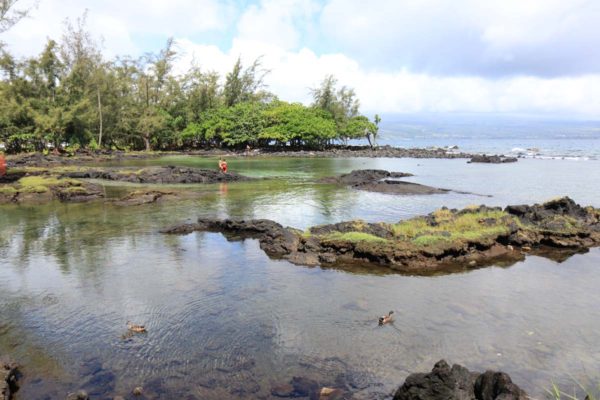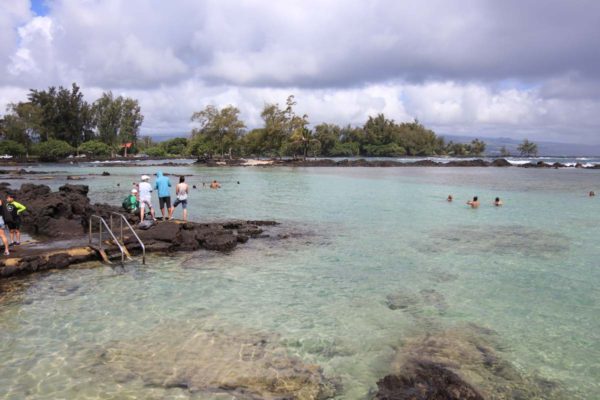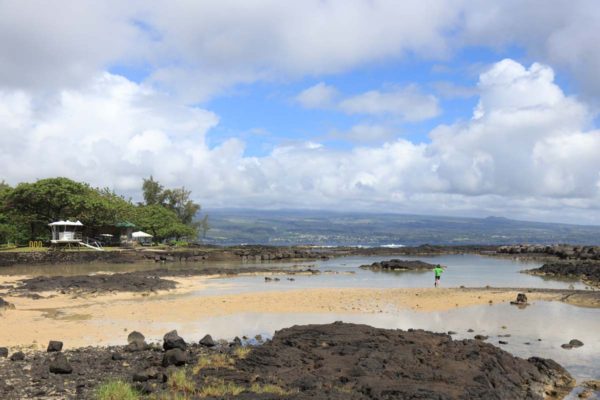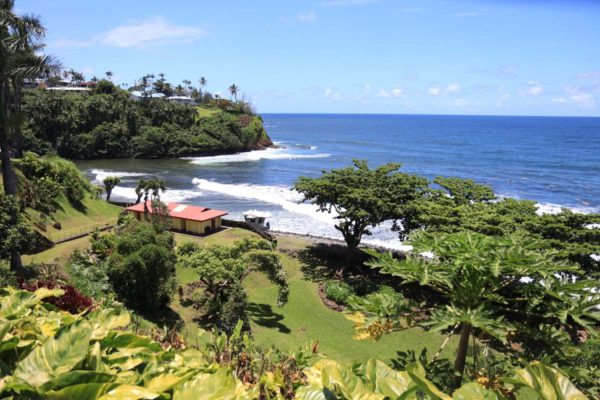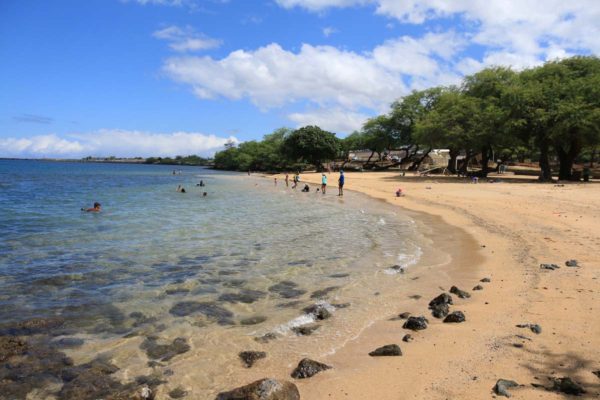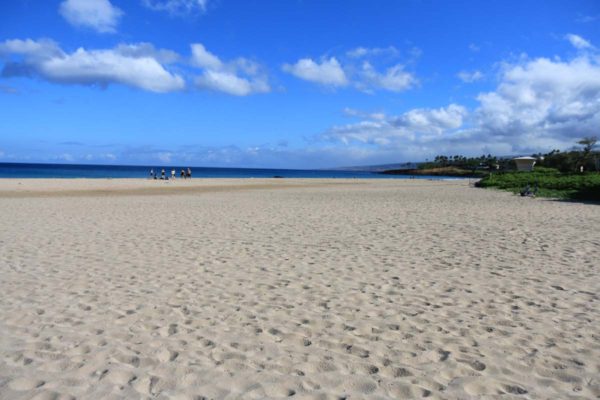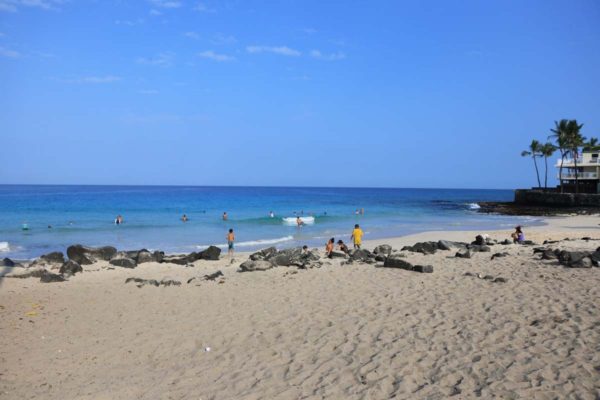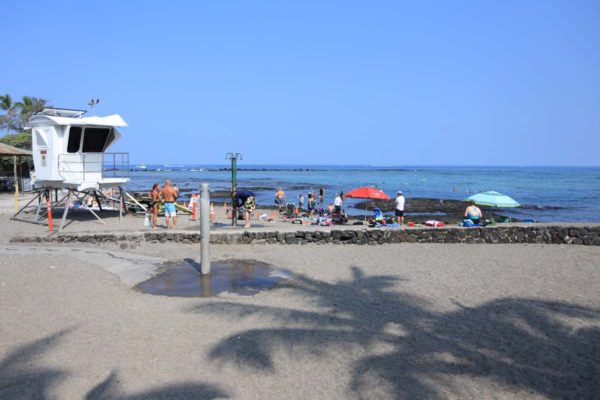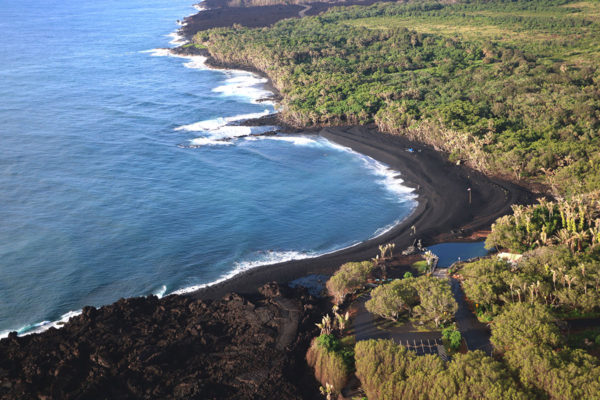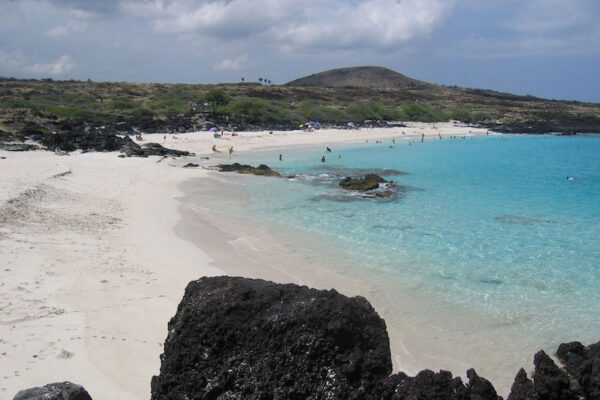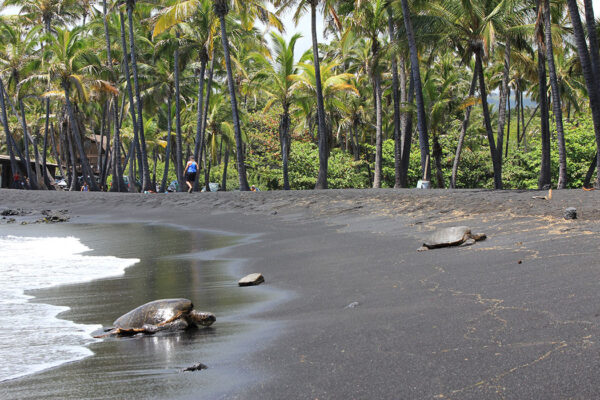OUTLOOK: An outlook is issued when a hazardous weather or hydrologic event is possible in the next week. Outlooks are intended to raise awareness of the potential for significant weather that could lead to situations that may threaten life or property.
ADVISORY: An advisory is issued when a hazardous weather or hydrologic event is occurring, imminent, or likely. Advisories are for less serious conditions than warnings, that cause significant inconvenience and if caution is not exercised, could lead to situations that may threaten life or property.
WATCH: A watch is issued when the risk of a hazardous weather or hydrologic event has increased significantly, but its occurrence, location or timing is still uncertain. A watch means that hazardous weather is possible. People should have a plan of action in case a storm threatens, and they should listen for later information and possible warnings especially when planning travel or outdoor activities.
WARNING: A warning is issued when a hazardous weather or hydrologic event is occurring, imminent, or likely. A warning means weather conditions pose a threat to life or property. People in the path of the storm need to take protective action.
Helpful Hints:
- Tune in to local radio or stations for the latest messages from the Hawaiʻi County Civil Defense and/or National Weather Service
- In potential flood conditions, stay away from streams – even if it’s not raining, look inland (towards the mountain), if there are dark clouds, then it’s raining in the mountains and flash flooding can occur, especially in streams and rivers
- Turn around, don’t drown
- For National Weather Service automated recordings for the island of Hawaiʻi, call 808-935-8555
- Stay safe – stay informed
Lifeguard days/time differ depending on beach. In an emergency, if there are no lifeguards on duty, please call 911.
Click on images for more info on beaches.
KNOW BEFORE YOU GO
For real-time ocean conditions, click here.
- Looks can be deceiving – if no one is swimming, chances are it’s not a good swimming beach
- Never turn your back on the ocean
- Know your limits – many ocean activities can be strenuous
- Wave heights can increase quickly – if you find yourself in this situation, dive underneath the wave, come up behind it, then swim to shore between wave sets
- If you are under the influence of drugs and/or alcohol, you increase your risk of drowning while in the ocean
- If you are caught in a rip current, remain calm, go with the flow (don’t fight the current), once the rip current releases you (offshore), swim at an angle away from the current, towards the shore, call or signal for help
- Hazards exist in all coastal areas – when in doubt, don’t go out!
- Coral reefs face many threats. Chemicals found in many sunscreens, such as oxybenzone, avobenzone, homosalate, octinoxate, octisalate, octocrylene, or nanoparticles are contributing to coral decline. By wearing protective clothing and choosing reef-friendly, mineral-based sunscreens, we can all help keep Hawaiʻi’s beautiful coral and wildlife healthy.
- Please don’t stand, step on, or touch coral – stay afloat when snorkeling.
- Give all marine life plenty of space.</span
- Hawaiʻi is the first state to ban the sale, offer of sale, or distribution of any SPF sunscreen protection personal care product that contains oxybenzone and/or octinoxate, without a licensed prescription (SB 2571).
* please heed all signage!
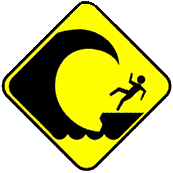 |
Waves breaking on sandbar Waves breaking on shallow bottom created by sandbar; even small waves can cause serious neck and spinal injuries. No bodysurfing or bodyboarding. |
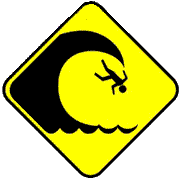 |
High surf Large, powerful waves generated by storms at sea. This can cause serious neck and spinal injuries. No bodysurfing or bodyboarding. |
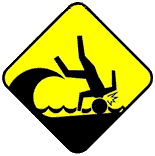 |
Dangerous shore break Waves are breaking directly on shore. Even small waves can cause serious neck and spinal injuries. No bodysurfing or bodyboarding. |
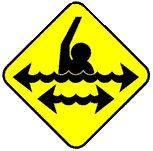 |
Strong current Swift moving channels of water that are difficult to swim against, even for experienced swimmers. Can pull swimmer out to sea, with risk of drowning. No swimming. |
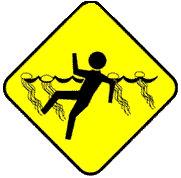 |
Man o’ War Toxic marine organisms; can cause pain and allergic reactions. No swimming. |
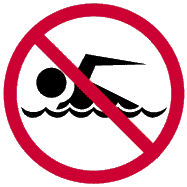 |
Beach closed Extremely dangerous surf conditions. High risk of neck and spinal injuries and of drowning. Absolutely no swimming. |
 |
Red Flag Indicates extremely dangerous conditions with high surf or high winds. No swimming. |
Follow all posted speed limits.
Click It or Ticket – Hawaiʻi’s universal seat belt law requires that all front and back seat motor vehicle occupants buckle up. Adults and children must use their seat belts and child restraints at all times. The cost of a ticket for not buckling up is currently $102. The child passenger restraint law requires children under 4 years of age to ride in a child safety seat, and children between the ages of 4 and 8 years to ride in either a child safety seat or a booster seat. Violators of this law are required to attend a four-hour class and may be assessed a fine between $100 and $500 depending upon the number of offenses.
Handheld Electronic Devices – Using mobile electronic devices while operating a motor vehicle is illegal in Hawaiʻi. This includes cell phones, mp3 players, personal digital assistants, and navigation devices. The law also prohibits drivers from using hand-held mobile electronic devices when stopped at a red light or stop sign. Additionally, no person under the age of 18 may use a hands-free mobile electronic device while operating a motor vehicle. The fine starts at $297. Violations in school zones or construction areas are subject to a higher amount. The exception is for 9-1-1 emergency calls.
Helmet Laws – Motorcycle riders 17 years old and younger must wear a helmet. Bicycle riders under 16 years old must wear a helmet. Motor scooter riders 17 or younger must wear a helmet.
Thousands of earthquakes occur every year in the state of Hawaiʻi. They are caused by eruptive processes within the active volcanoes or by deep structural adjustments due to the weight of the islands on Earth’s underlying crust. Most are so small that they can only be detected by sensitive instruments, known as seismometers. Some are strong enough to be felt on one or more of the islands. Source: USGS
What to do in the event of a large earthquake:
If you are inside a building, stay there – DROP to the floor; take COVER under a sturdy table or desk; HOLD ON to your shelter and move with it until the shaking stops. In modern homes, doorways are no stronger than any part of the house. You are safer under a table.
In school, a high rise, stadium, theatre or a store – Stay inside. Drop! Cover! Hold On! Avoid windows and other hazards. Do not use elevators. Sprinkler and/or fire alarms may activate. Do not run outside during an earthquake. In a store, a shopping cart or clothing rack can provide some protection. Get away from heavy items on high shelves. Drop to the ground first and crawl only the shortest distance necessary. Use your best judgment. In a stadium or theatre, stay at your seat or drop to the floor between rows and protect your head and neck with your arms. Don’t leave until the shaking is over.
If you are outdoors – Move to a clear area if you can safely do so. Avoid cliffs and road cuts, power lines, trees, signs buildings, vehicles, and other hazards.
Driving – Pull over to the side of the road, stop, and set the parking brake. Avoid bridges, power lines, cliffs or road cuts, overpasses, signs, and other hazards. Stay inside your vehicle until the strong shaking is over. If a power line falls on the car, stay inside until a trained person removes the wire.
If you’re at or near the ocean – DROP! COVER! HOLD ON! until the strong shaking stops. THEN quickly walk to higher ground or inland – until you are at least 100 ft. above sea level, or beyond the marked tsunami hazard zone. Avoid cliffs and watch for falling rocks. Locally generated tsunami have occurred in the past, so move to higher ground. Do not wait for officials to issue a warning.
If you’re in bed – stay there. Hold on and protect your head with a pillow. You are less likely to be injured by staying in bed. Broken glass on the floor has caused injuries to those who have rolled to the floor or tried to get to a doorway.
In a wheelchair – Lock your wheels and remain seated until the shaking stops. Protect your head and neck with your arms, a pillow, a book, or whatever is available.
Source: The Great Hawaiʻi Shake Out
Hawaiʻi Volcanoes National Park
Stay on open trails and roads. Closed trails and roads are dangerous, do not enter.
Stay away from cracks and sinkholes. Falls into cracks have seriously injured and killed people. Cracks have unstable edges, do not approach them.
Rockfalls are unpredictable. Pay attention and keep away from all cliffs.
Wear sturdy shoes and long pants, falling on lava rock is like falling on broken glass.
Do not hike after dark. Even those who know the area must be cautious.
Hawaiʻi Volcanoes National Park is a wild place. The dramatic landscape of Kīlauea volcano is constantly being shaped by powerful and uncontrollable natural forces. Respect the dangers of this dynamic natural process and stay out of closed areas.
Please be respectful and do not trespass onto private property. Be cognizant of “Private Property” or “No Trespass” signage, especially on agricultural lands that are neither enclosed nor designed to keep intruders out. You may also see “Government Property, No Trespass” signs along the boundaries and/or entry points of forested preserves.
For details on sanctioned hiking trails, please visit Nā Ala Hele Trail and Access, Department of Land and Natural Resources. Also Hawaiʻi Volcanoes National Park offers trails that range in difficulty from easy walks to longer, more strenuous hikes.
9-1-1 — Serious medical problem, fire, life-threatening situation or crime in progress. Be aware of your location.
9-1-1 (text) — Texting 9-1-1 should only be done when you are unable to make a voice call.
808-935-3311 — Non-emergency, non-life-threatening. Hawaiʻi County Police Department
808-961-8300 — Crime Stoppers – to provide anonymous tips. Hawaiʻi County Police Department
